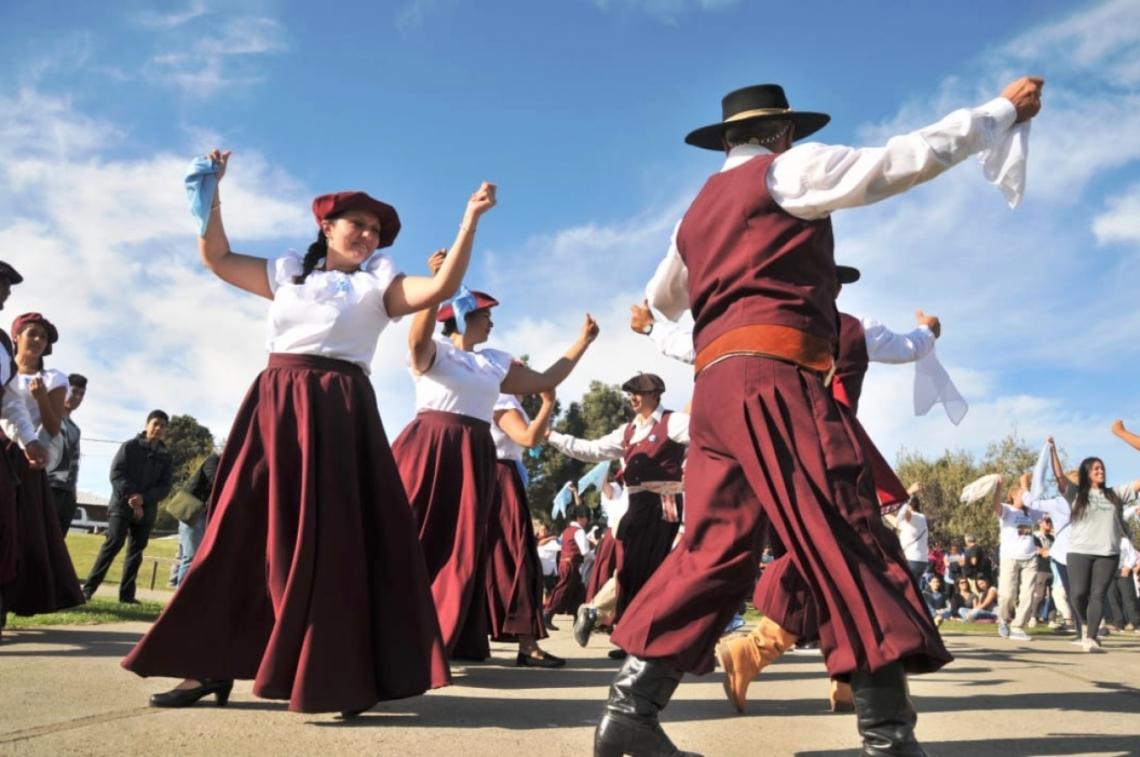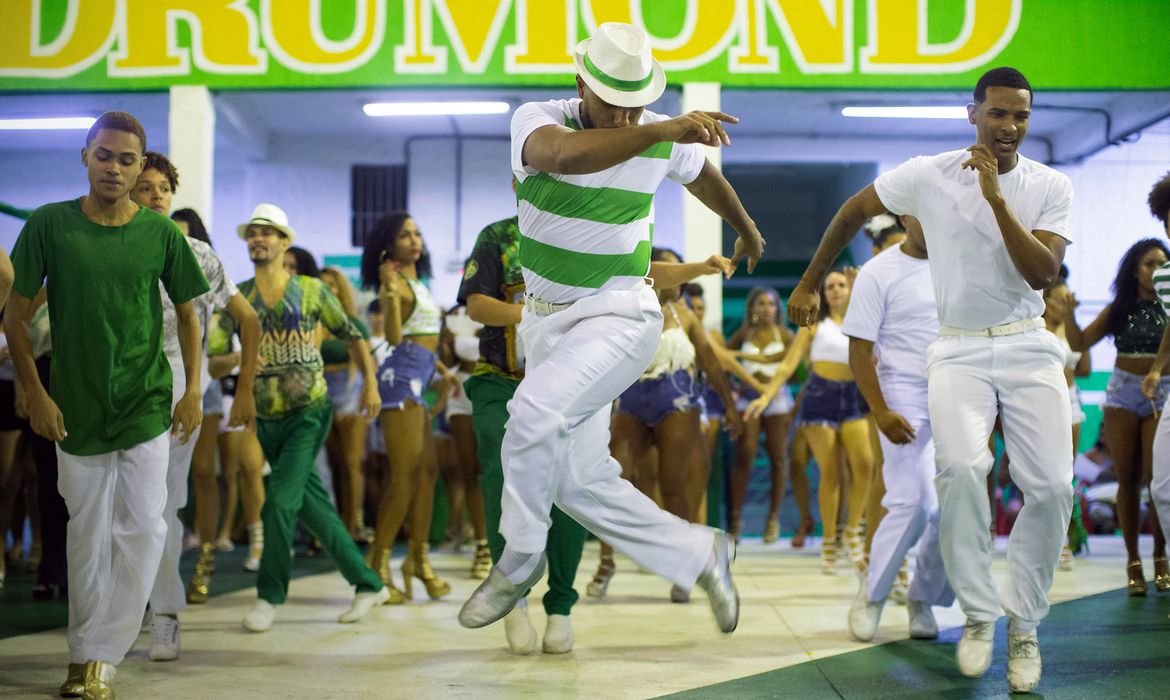Hip Hop Urban style


Hip Hop was born in the 70s in the South Bronx and Harlem, in New York. Its origin comes from a marginal subculture from which different artistic forms emerge among a group of Afro-American and Hispanic youth. For them this new genre was a tool that allowed them to rebel against the inequalities they suffered in low-income urban areas of New York City. Thus, a new form of musical expression arises that proposes to reflect on the harsh reality, always challenging and demanding other alternatives from “those above”. In the street parties that were organized at that time (block parties), they connected the amplifiers to the street lights to feed the instruments and the speakers. The same idea was taken by Dj Kool Herc (recognized as the father of Hip Hop) for his parties in the recreation room at 1520 Sedgwick Avenue. The DJs played popular music genres; As people got crowded, they began to separate the breaks (short musical segment that can be repeated and form the rhythmic structure of a song) of these songs, a technique similar to that of the Jamaican sound system. The pioneer in the use of this way of mixing was Herc (Clive Campbell, born in Jamaica but settled in the USA in 1967) he extended the breaks that were very short using a mixer and two identical records that he rewound and rotated between them. . Some dancers waited for those breaks to show their gymnastic skills (the b-boys), there were also masters of ceremony (MC) who animated the parties by rhyming and rapping to the rhythm of the different beats. Hip Hop has roots in African American music. The Griots of Africa were travelers who were part of an oral tradition that dates back hundreds of years. The vocal style was similar to that of rappers and was based on reciting over the music in the background. Jazz poetry, talking blues, gospel and soul/funk are considered proto-rap, rap before the official exposure in recordings of the genre within the hip-hop culture starting in 1979. The first album was "Rappers Delight" by The Sugarhill Gan; but a few weeks before, "King Tim III" by Personality Jack from the funk band "The Fatback Band" had been published, classified as a rap album, for which there was controversy and several claim the title of being the first to record Hip Hop in history.


